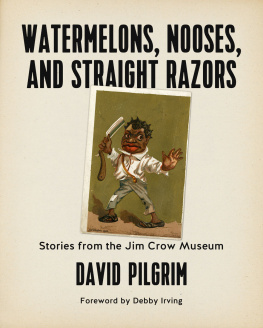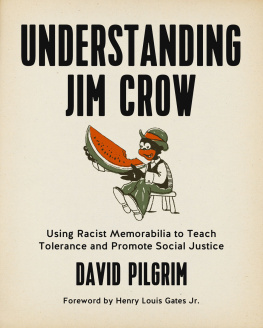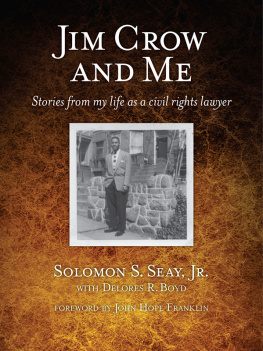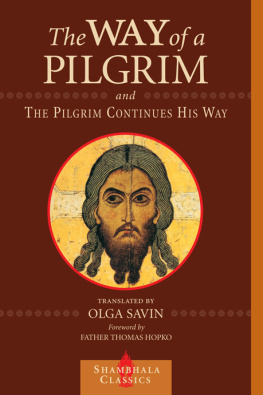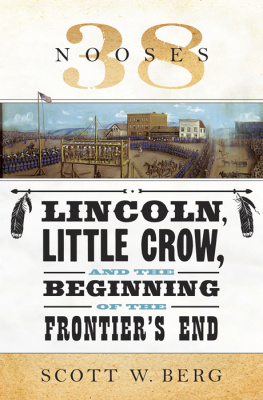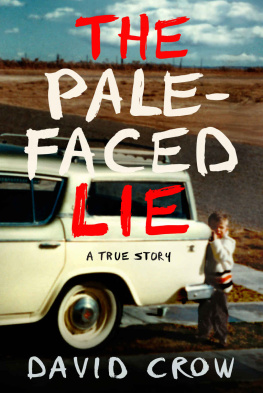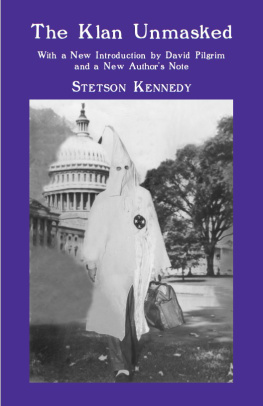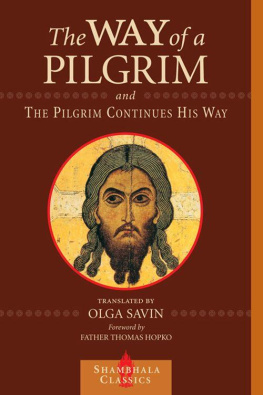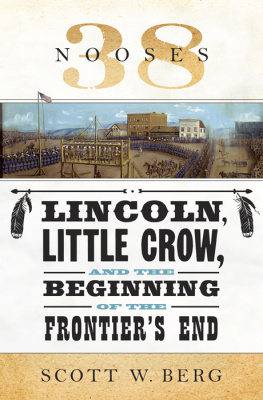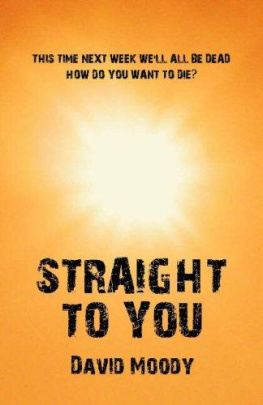David Pilgrim - Watermelons, Nooses, and Straight Razors: Stories from the Jim Crow Museum
Here you can read online David Pilgrim - Watermelons, Nooses, and Straight Razors: Stories from the Jim Crow Museum full text of the book (entire story) in english for free. Download pdf and epub, get meaning, cover and reviews about this ebook. year: 0, publisher: PM Press, genre: History. Description of the work, (preface) as well as reviews are available. Best literature library LitArk.com created for fans of good reading and offers a wide selection of genres:
Romance novel
Science fiction
Adventure
Detective
Science
History
Home and family
Prose
Art
Politics
Computer
Non-fiction
Religion
Business
Children
Humor
Choose a favorite category and find really read worthwhile books. Enjoy immersion in the world of imagination, feel the emotions of the characters or learn something new for yourself, make an fascinating discovery.
- Book:Watermelons, Nooses, and Straight Razors: Stories from the Jim Crow Museum
- Author:
- Publisher:PM Press
- Genre:
- Year:0
- Rating:3 / 5
- Favourites:Add to favourites
- Your mark:
- 60
- 1
- 2
- 3
- 4
- 5
Watermelons, Nooses, and Straight Razors: Stories from the Jim Crow Museum: summary, description and annotation
We offer to read an annotation, description, summary or preface (depends on what the author of the book "Watermelons, Nooses, and Straight Razors: Stories from the Jim Crow Museum" wrote himself). If you haven't found the necessary information about the book — write in the comments, we will try to find it.
Watermelons, Nooses, and Straight Razors: Stories from the Jim Crow Museum — read online for free the complete book (whole text) full work
Below is the text of the book, divided by pages. System saving the place of the last page read, allows you to conveniently read the book "Watermelons, Nooses, and Straight Razors: Stories from the Jim Crow Museum" online for free, without having to search again every time where you left off. Put a bookmark, and you can go to the page where you finished reading at any time.
Font size:
Interval:
Bookmark:
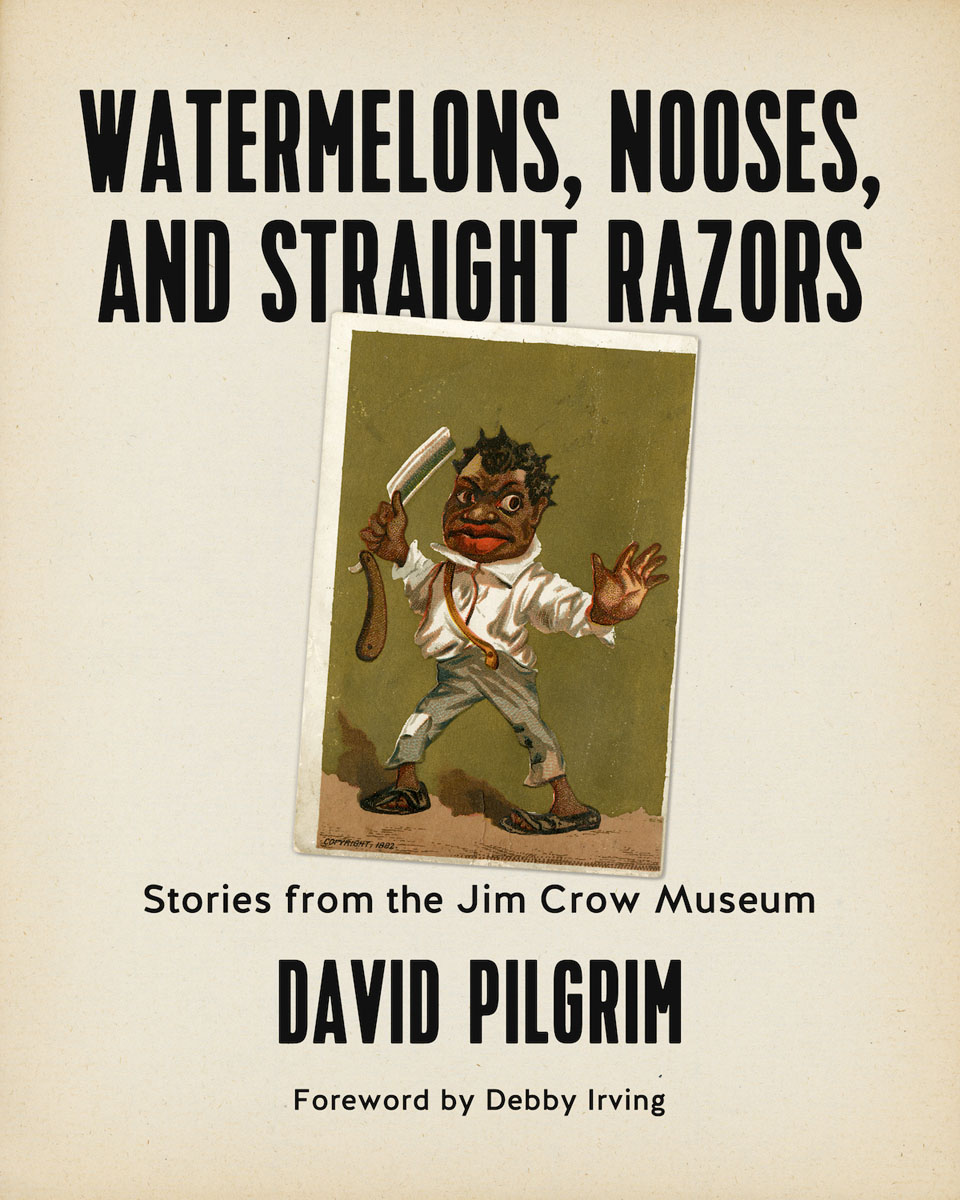
The Jim Crow Museum was founded by the intrepid scholar and collector David Pilgrim with the mission to display in unflinching detail the elaborate scaffolding of the Jim Crow system. By encountering its astonishing array of tangible objects, from the stereotypical to the horrifying to the searingly symbolic, those coming of age as students and visitors today learn to recognize what was while remaining vigilant about the residues that remain. Undergirding Pilgrims effort is his powerful belief that we, as a society, heal better when we stare down the evils that have walked among us, together. The Jim Crow Museum at Ferris State University is one of the most important contributions to the study of American history that I have ever experienced.
Henry Louis Gates Jr., Alphonse Fletcher University Professor, Harvard University
This was a horrific time in our history, but it needs to be taught and seen and heard. This is very well done, very well done.
Malaak Shabazz, daughter of Malcolm X and Betty Shabazz on the Jim Crow Museum
The museums contents are only a small part of the damaging effects of the Jim Crow laws that were found all across America, including bright and sunny California. This history is not only an important part of understanding where America was but, in an age of states making it harder and harder for citizens to vote, it is relevant to note that we have been here before.
Henry Rollins, host of the History Channels 10 Things You Dont Know About
In its compelling reimagination of the museum experience, the Jim Crow Museum of Racist Memorabilia leverages the potential of museums to effect positive social change in a troubled world. By creating a forum for the safe exchange of ideas, Jim Crow transforms its campus and the world it inhabits, one visit at a time. Through its collections, exhibitions, and public programs, Jim Crow both sets and exceeds a gold standard for the next generation of museums.
Bradley L. Taylor, associate director, Museum Studies Program, University of Michigan
There has not been any time in the history of African Americans that we have not faced full frontal attack and been depicted in negative, stereotypical fashion. One would hope that after almost four hundred years there would be a decrease in these painful characterizations. Unfortunately these demons are not only still evident but may even be worse. Pilgrims book is a well-researched, comprehensive, and ever-present documentation of where weve been and where we still are. All of America needs to confront these injustices in order to put them where they belong, in the past, not the present.
Philip J. Merrill, CEO and founder of Nanny Jack & Co.
This is a horrifying but important book that should be widely read to gain an accurate view of the long history of racism in the U.S.
Barbara H. Chasin, Socialism and Democracy, on Understanding Jim Crow
For decades the author has been on a Pilgrimage to bring out from our dank closets the racial skeletons of our past. His is a crucial mission, because he forces us to realize that race relations grew worse in the first several decades of the twentieth centurysomething many Americans never knew or now want to suppress. This book allows us to see, even feel the racism of just a generation or two agoand Pilgrim shows that elements of it continue, even today. See it! Read it! Feel it! Then help us all transcend it!
James W. Loewen, author of Lies My Teacher Told Me on Understanding Jim Crow
To justify the exclusion of and violence toward African Americans after the Civil War, pop culture churned out objects, images, songs, and stories designed to reinforce widespread beliefs about white supremacy and black inferiority. Pilgrim has pulled together examples of such so-called black memorabilia, and he clearly explains the meaning and purpose behind them.
Lisa Hix, Collectors Weekly, on Understanding Jim Crow
This heavily illustrated book is a memoir of the authors decades-long drive to collect racist books, illustrations, and knickknacks in order to help Americans confront, understand, and move past racism.
Jan Gardner, Boston Globe, on Understanding Jim Crow
Understanding Jim Crow contains examples of racist memorabilia. However, it is Pilgrims thoughtful and passionately told story that makes the book more than just another, albeit unique, history of U.S. racism.
Bill Berkowitz, truth-out.org, on Understanding Jim Crow
An amazing, wonderful, and important book whose objects and images may offend some readers. Highly recommended for all public and academic levels/libraries.
F.W. Gleach, CHOICE, on Understanding Jim Crow
Watermelons, Nooses, and Straight Razors: Stories from the Jim Crow Museum
David Pilgrim
Copyright 2018 PM Press
All rights reserved. No part of this book may be transmitted by any means without permission in writing from the publisher.
ISBN: 978-1-62963-437-1
LCCN: 2017942911
Cover by John Yates/Stealworks
Interior design by briandesign
10 9 8 7 6 5 4 3 2 1
PM Press
PO Box 23912
Oakland, CA 94623
www.pmpress.org
Printed in the USA by the Employee Owners of Thomson-Shore in Dexter, Michigan.
www.thomsonshore.com
Watermelons, Nooses, and Straight Razors: Stories from the Jim Crow Museum is dedicated to my children: Haley Grace, Gabrielle Lynne, and Eustace Jamison. I write what I write because I want them to live in a better Americaand I believe a better America is possible.
A good colleague is silver, a good friend is gold. Both are precious. The colleagues who helped me with this book are also friends. Fran Rosen provided valuable editorial assistance. Franklin Hughes, who reminds me of J.A. Rogers, offered important critiques and direction. Lisa Kemmis helped locate images for the book. Patty Terryn worked with me to prepare the iterations of the manuscript that were sent to PM Press.
I owe the greatest debt to Margaret Elizabeth, my wife, partner, and ally. We held each other and cried tears of joy and hope when Barack Obama was sworn in as the forty-fourth president of the United States. Eight years later we cried again, different tears. Any good that I do is done with her encouragement and help.
In 1983, I graduated from college with a history degree. My desire to study the past sprang from my belief that it held critical lessons for the future. The department teemed with passionate professors. The library shelves groaned with research books and periodicals. The curriculum offered more than I could squeeze into my course load. At the time I would have told you the department lacked nothing. Yet in 2017 I am appalled by the limitations of the education I received.
This is not to point fingers at my college, which, like most colleges and universities in the United States, takes its cues from a broader U.S. culture rife with an intentional and unintentional denial that allows for one-sided history telling and vigorous mythmaking. Though I learned about Christopher Columbus and the European context of his pursuits, I did not learn about his history of atrocities toward his own men or the impact of his discovery on indigenous peoples. Though we explored the concept of bias in interpreting and recording history, never was I asked to consider whose perspectives might be missing altogether. Also notable to me now is the absence of heart that permeated my education. A simple question such as What would it feel like to have ships full of foreigners invading your hometown? would have created a human connection that might have driven me to seek a range of perspective while reflecting on my own.
Next pageFont size:
Interval:
Bookmark:
Similar books «Watermelons, Nooses, and Straight Razors: Stories from the Jim Crow Museum»
Look at similar books to Watermelons, Nooses, and Straight Razors: Stories from the Jim Crow Museum. We have selected literature similar in name and meaning in the hope of providing readers with more options to find new, interesting, not yet read works.
Discussion, reviews of the book Watermelons, Nooses, and Straight Razors: Stories from the Jim Crow Museum and just readers' own opinions. Leave your comments, write what you think about the work, its meaning or the main characters. Specify what exactly you liked and what you didn't like, and why you think so.

